Soul food: my dairy-free chocolate mud cream
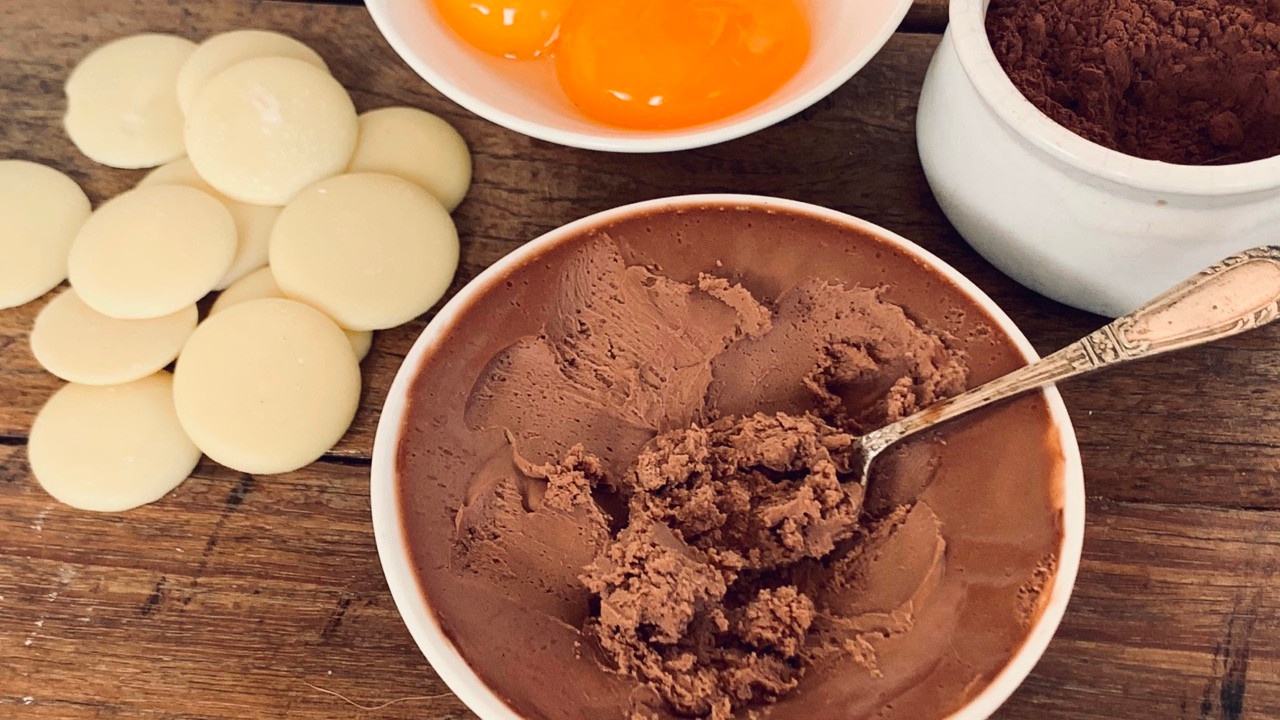
We’re midway through a six-part guide to feeling good. Thus far, we’ve explored the importance of breathing, sleep, rest, pleasure, human connection and this week we’re focusing on ‘soul’ food.
Now, before we get into all the chocolatey details, I want to talk a little about the importance of soul food from my perspective.
Having spent a couple of decades in search of the best diet for humans and in the process, experimented with the bulk of the dietary and detox protocols out there, I can tell you firsthand that overly restrictive eating isn’t the best path to feeling good.
Naturally, eating well is important, however for some, it can be a slippery slope to becoming obsessive or fixated on compartmentalising foods as ‘good’ or ‘bad’.
The importance of soul food
One thing I’ve come to know is that soul food, whether it’s homemade or even the processed store-bought variety (gasp!), is an extremely important component of a healthy diet. And the way we approach it will make all the d...
Are you getting enough vitamin K2?
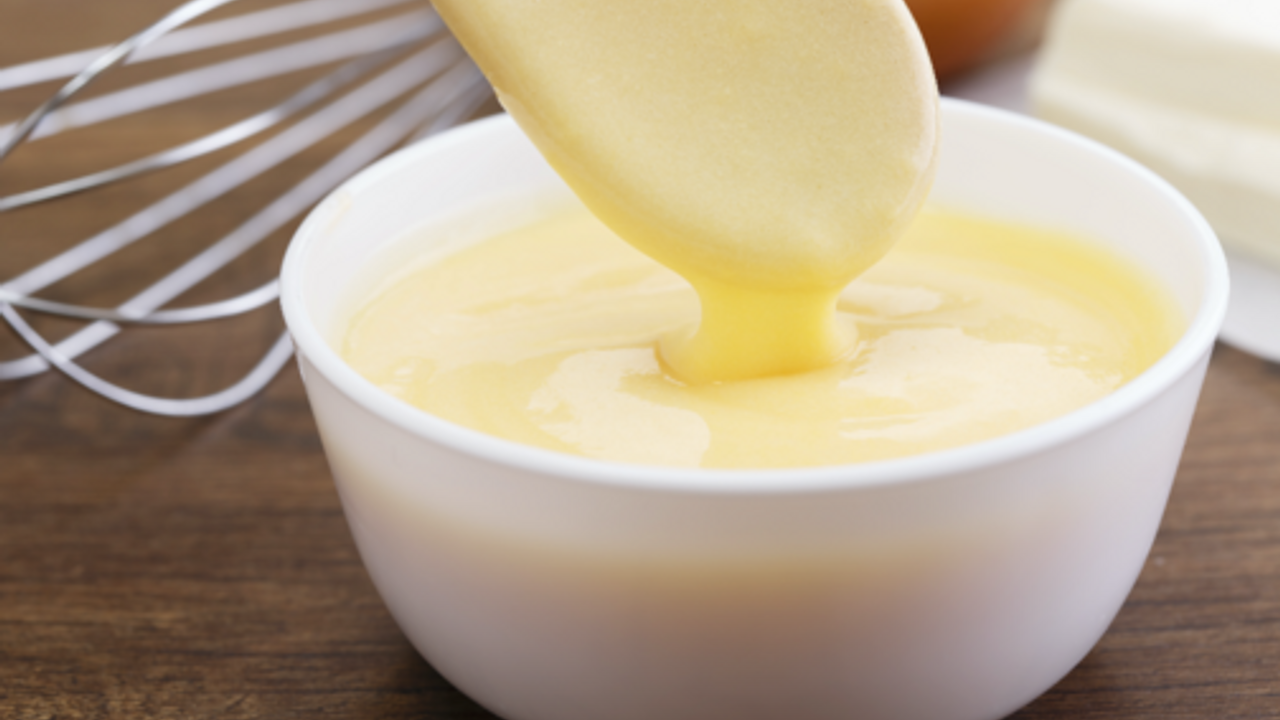
We’re mid-way through a discussion of the work of Dr Weston A. Price, who studied the diets of traditional people and found them to be almost entirely responsible for their near-perfect health.
Activator X: a missing nutrient
In his research, Dr Price discovered a fat-soluble vitamin he called ‘Activator X’, which we now know to be vitamin K2. He referred to it as an activator because, as we discussed last week, like vitamins A and D, it’s an important catalyst which helps the body absorb and utilise minerals.
Price observed that “people of the past obtained a substance that modern generations do not have” and that its absence from the diet could explain many of our modern diseases. He was able to reverse dental decay and cure degenerative conditions in his patients by supplementing foods rich in this nutrient – the foods that all traditional cultures revered as sacred: animal fats, eggs, concentrated forms of dairy like butter and cheese, and organ meats.
It’s worth noting that wh...
Bitter: the abandoned flavour

Bitter: the abandoned flavour
It’s a flavour that is universally associated with harshness, pain and the downright intolerable, yet bitter foods (and especially greens like radicchio, endive and dandelion) are an overlooked and very essential food group. It’s possible that many of the health complaints that plague us in the modern era, such as reflux, indigestion and type 2 diabetes, may in fact be traced to a deficiency of bitters in the diet.
For the health conscious folk among you, who probably prioritise getting enough fibre, vitamin C, iron and calcium – and for the finger-on-pulse types, probably also bone broth, liver, kale and chia seeds – when was the last time you pondered whether you’re including sufficient bitter foods in your diet? Did it ever make your checklist, I wonder?
Certainly not mine, until several years ago when my all-time favourite food author, Jennifer Mclagan penned the modern classic “Bitter: a taste of the world’s most dangerous flavour”. I had the privi...
Food Waste: how to avoid it in your kitchen

Are you throwing away 20% of the food you buy? Unfortunately, according to Food Wise food waste is a real problem. Australians are tossing 1 out of every 5 bags of groceries purchased. That’s a staggering 4 million tonnes, worth $8 billion dollars of edible food going in the bin each year.
Thankfully, food waste can be a thing of the past. Waste-free cooking is pretty simple, once you know the ropes. We just have to rekindle some of Grandma’s know-how.
Why bother with waste-free cooking?
Firstly, there’s the financial benefit: $1,036 per year for the average household (enough to feed a family for a month)! This Sustainability Victoria report found food waste in 2014 to be even higher, at $2,200 per household.
Secondly, the environmental impacts are quite significant. When food waste ends up in landfill, it produces methane gas. This greenhouse emission is a staggering 25 times more potent than the carbon pollution from your car’s exhaust. Not only that, but by wasting food, you’v...
Offal for beginners: Delicious ‘Hearty’ Bolognese
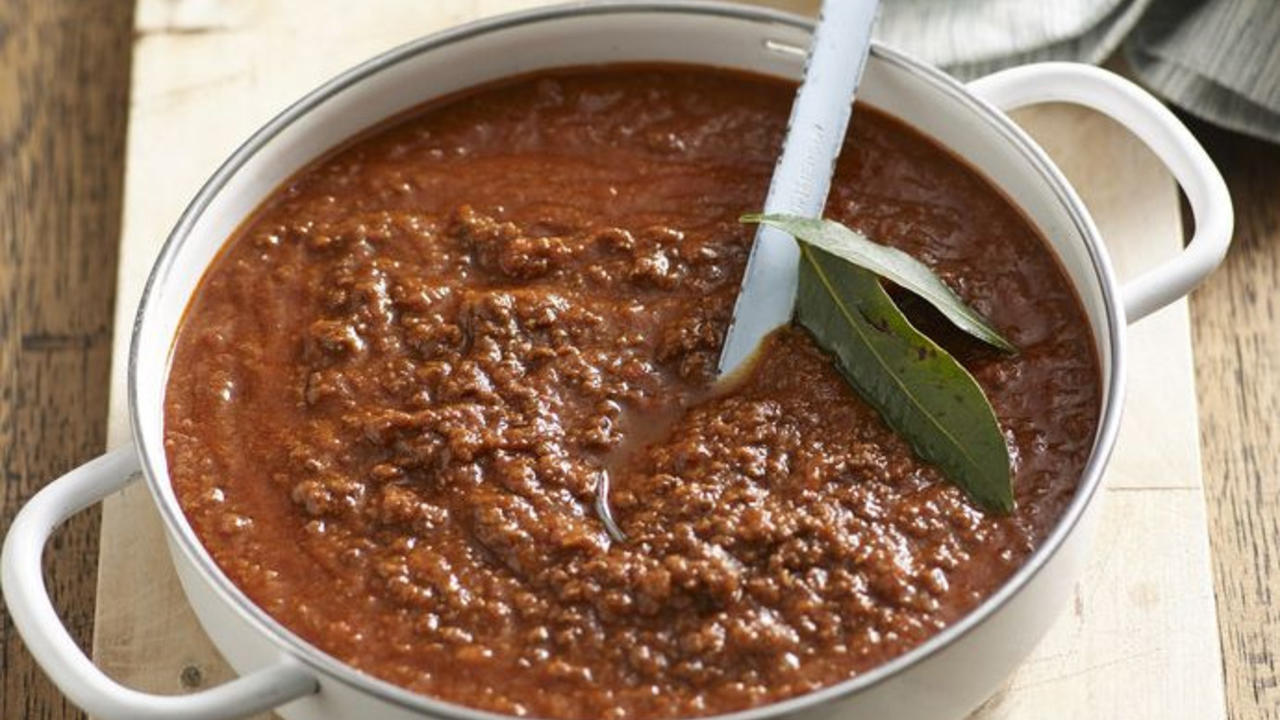
f you grew up in Australia (or the US) during the last few decades, then it’s unlikely that organ meats – collectively known as offal – made an appearance on your dinner plate too often. But if you flick through your grandparent’s cookbooks, you’ll see it was the norm only one generation ago.
Granted it’s nowhere near as sexy as kale or goji berries, but offal deserves a place in the superfoods hall of fame. In fact if we’re defining them by their nutrient density, it truly puts all the others to shame! Many health conscious consumers are surprised to learn that organ meats are by far the most nutrient rich foods available. Even if you’re already in the know, chances are you have no idea how to incorporate them into your family’s diet.
I recently had the opportunity to test my most popular beginner offal recipe, Hearty Bolognese, on Body & Soul features writer and offal virgin, Rosie King. (And she survived!)
Why we should get offal back on the table
As I mention in the video, d...
Bone Broth Pops: Strawberry, Vanilla & Fingerlime
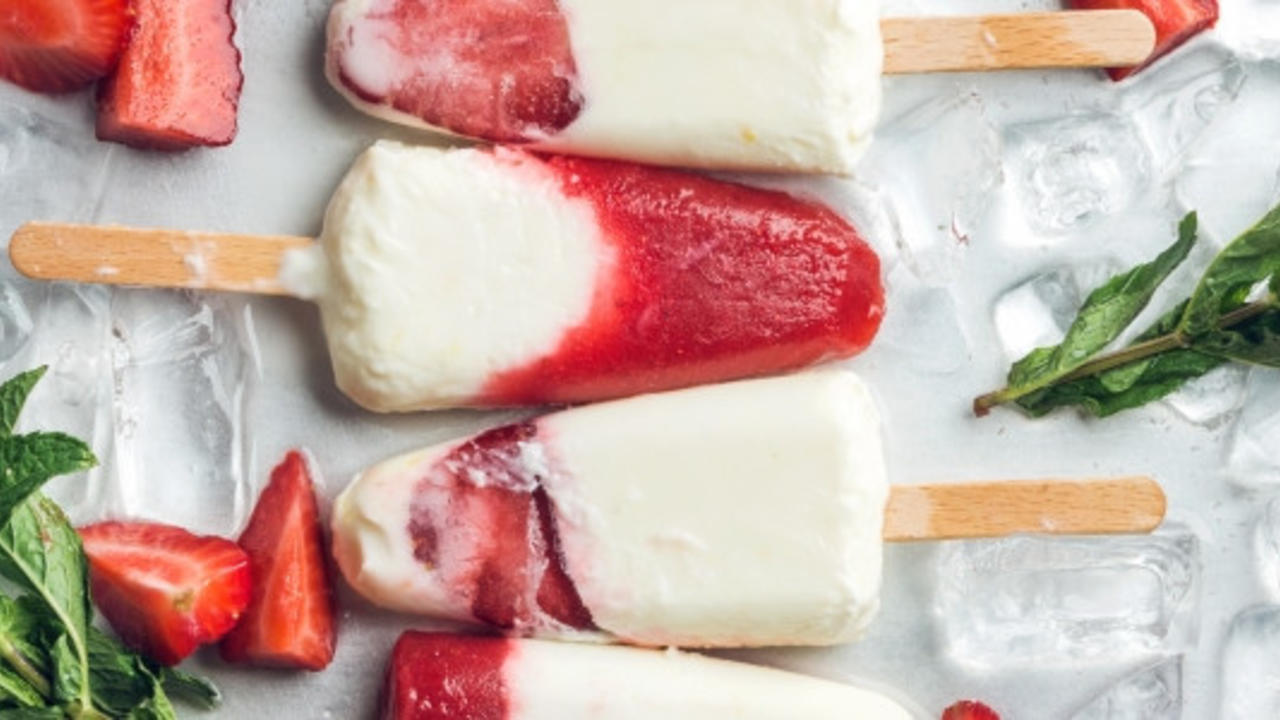
Ok, so I’ve been banging on about bone broth a lot lately (sorry). It’s just that I’ve been sitting on quite a few broth-based recipes from our What To Eat e-books and have been waiting for the warmer months to spring some of them on you (no pun intended)!
Did you catch last Summer’s hottest new trend? Bone broth popsicles. Yep – brothsicles! Aussies, it’s established terminology, so we’ll have to go along with the Americans on this one. ‘Broth block’ doesn’t have quite the same ring to it, anyway..
Recently, a New York City eatery made headlines with its fruit-flavoured brothsicles. According to the makers, they don’t taste meaty at all. (They claim that the bone broth flavour is ‘totally overwhelmed’ by the fruit and coconut milk they use). Lots of people love them, but clearly not everyone. A randomly selected child from the audience of one live television program described them as “something really disgusting”!
Now I can’t call myself a connoisseur of many things, but ice cream ...
Homemade Gelatin: a neutral-flavoured version for desserts!
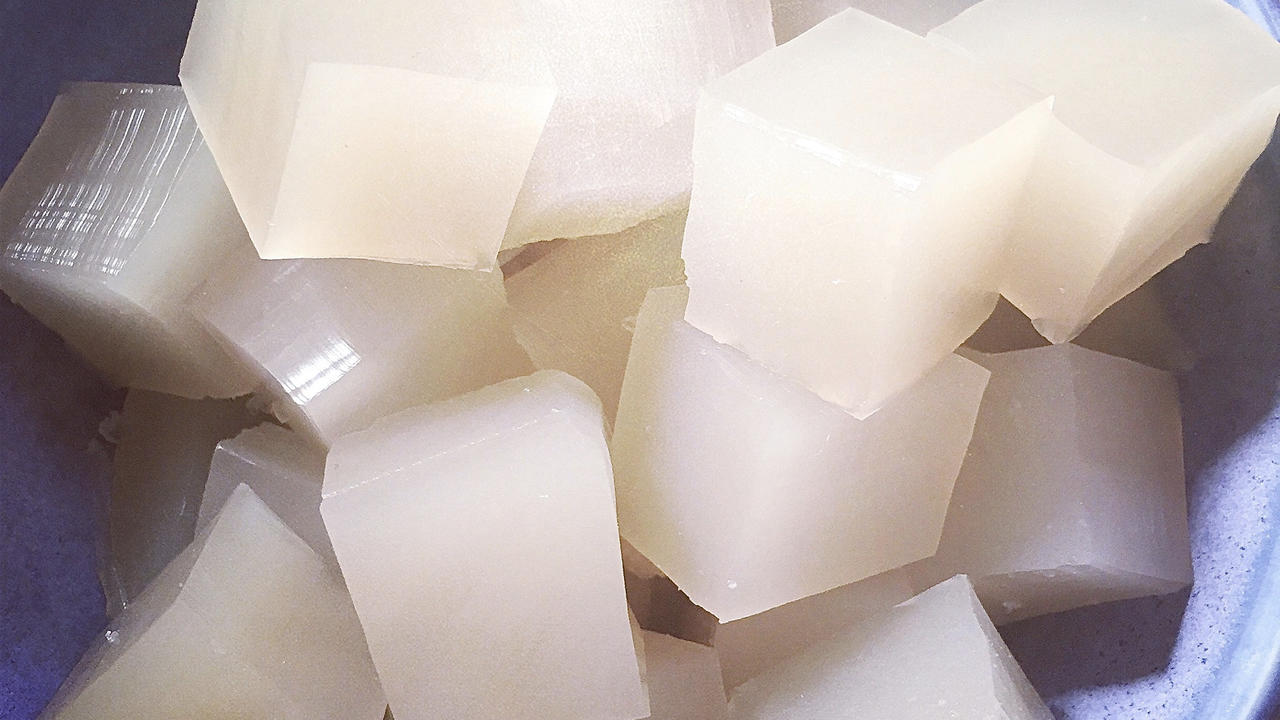
Gelatin is somewhat of a superfood, having its heyday again after years of misguided vilification. It is the cooked form of animal collagen, which contains an unusually high amount of the amino acids, glycine and proline. Aside from getting a small supply whenever you eat gelatinous meaty dishes, there are three other ways to boost your intake. By consuming bone broth; using the storebought powdered or sheet form; or preparing your own homemade gelatin.
Benefits of gelatin – why we all need it
Gelatin’s health benefits are extensive. It is wonderful for the gut and digestion in general. And it’s also well known for assisting with joint health and arthritis pain, largely due to its chondroitin content. The impressive amounts of glycine make it a wonderfully calming food for people suffering with anxiety, stress or restless sleep. (Especially children!)
Sourcing vs. making gelatin
Gelatin is naturally found in the skin and cartilage of animals. It readily dissolves in boiling water ...

